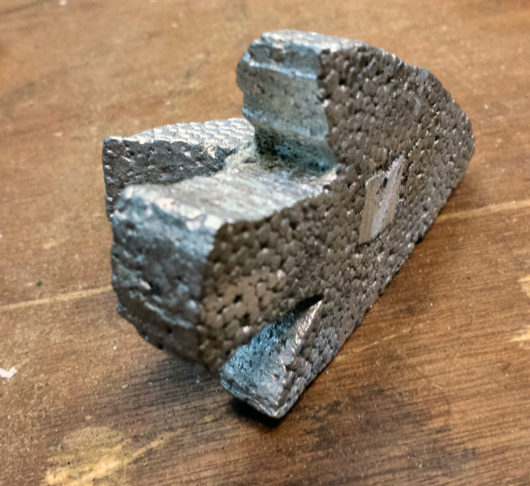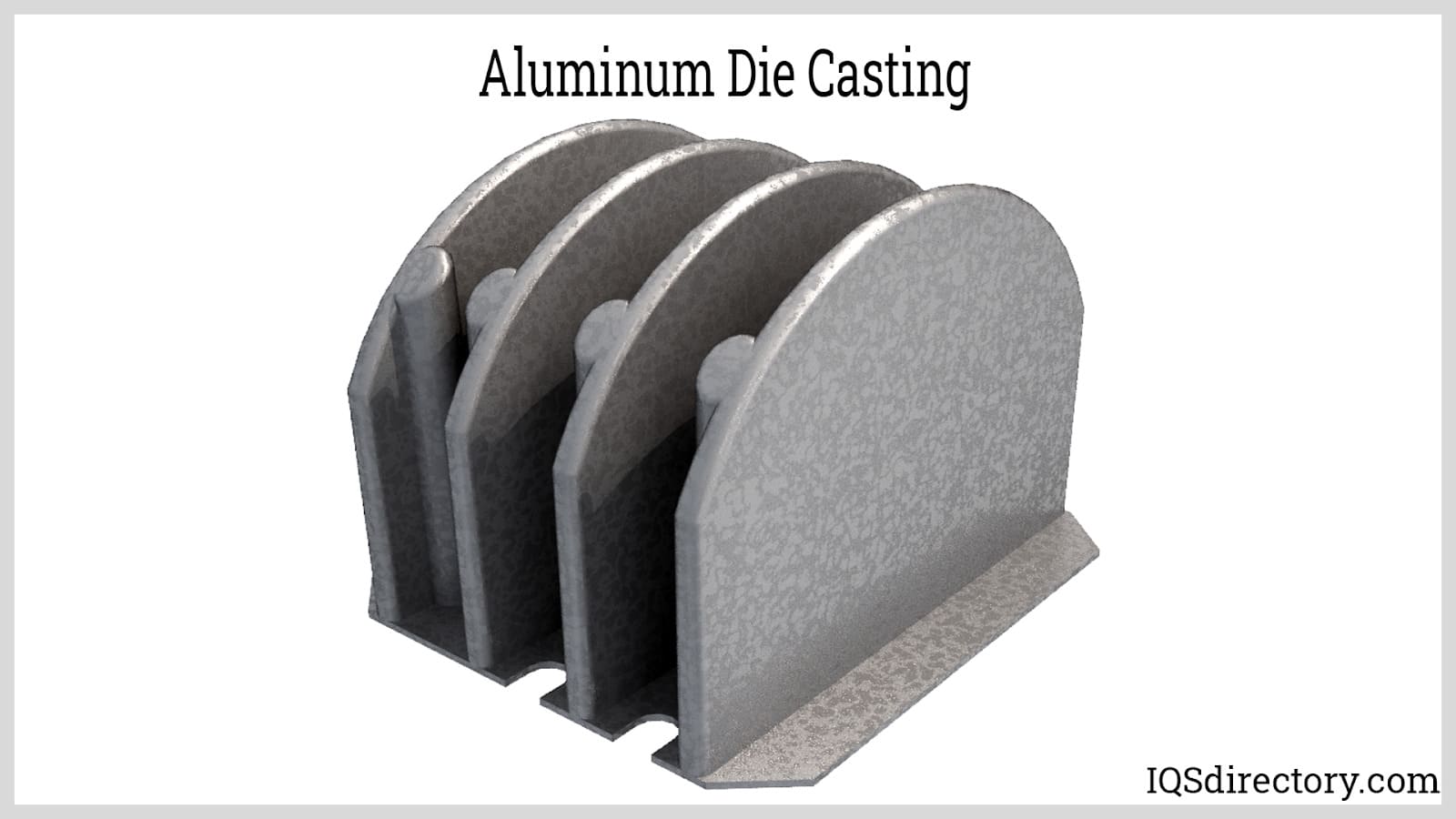10 Simple Techniques For Stahl Specialty Company
10 Simple Techniques For Stahl Specialty Company
Blog Article
The Ultimate Guide To Stahl Specialty Company
Table of ContentsThe 20-Second Trick For Stahl Specialty CompanyStahl Specialty Company Can Be Fun For AnyoneHow Stahl Specialty Company can Save You Time, Stress, and Money.Some Ideas on Stahl Specialty Company You Should KnowThe Of Stahl Specialty CompanyFacts About Stahl Specialty Company Uncovered

If you're creating a metal item, you've likely considered utilizing aluminum as the base product. It has a high strength-to-weight ratio, excellent rust resistance, excellent formability, and aesthetic allure. These aspects have brought about its raised appeal in recent times. Pure light weight aluminum has restricted applications, so it is often incorporated with other components, such as silicon, magnesium, and manganese to form alloys.
Different aspects and amounts create a wide range of desirable physical and chemical residential properties. And the Aluminum Association (AA), based in North America, has produced requirements that control light weight aluminum alloys' structure, residential or commercial properties, and language. There are 2 kinds of aluminum alloys wrought and cast. Factory employees form these alloy key ins different ways, which substantially impacts their qualities.
Getting My Stahl Specialty Company To Work
Cast light weight aluminum alloys are made by melting pure aluminum and incorporating it with other metals while in liquid type. Then the mix is put into a sand, die, or financial investment mold. After solidification, the steel is eliminated from its mold. At this phase, it is in either its last kind or as a billet or ingot for more processing.

For example, 160.0 stands for a cast with a minimum of 99.60% light weight aluminum. The fourth number, which follows the decimal point, specifies if the alloy is a spreading (xxx. 0) or an ingot (xxx. 1). Wrought light weight aluminum alloys likewise start by integrating liquified aluminum with various other metals. In comparison to cast alloys, nevertheless, they are formed into their final shape with procedures such as extrusion, rolling, and bending after the steel has actually strengthened into billets or ingots.
There are many minor differences in between functioned and cast light weight aluminum alloys, such as that actors alloys can contain more significant quantities of various other steels than functioned alloys. Yet one of the most notable difference between these alloys is the construction process via which they will certainly most likely to deliver the end product. Aside from some surface area therapies, cast alloys will certainly exit their mold in almost the specific strong type preferred, whereas wrought alloys will certainly go through a number of adjustments while in their solid state.
If you assume that a functioned alloy may be the most effective for your job, take a look at some of our articles that clarify more regarding certain wrought alloys, such as Alloy 6061 and Alloy 6063. On the other hand, if you assume an actors alloy would certainly be much better for you, you can find out more concerning some cast alloys in our Alloy 380 and Alloy 383 articles (coming quickly).
What Does Stahl Specialty Company Do?
When choosing an aluminum factory for your manufacturing needs, it's vital to study numerous variables. One of one of the most crucial facets to think about is the experience and capability of the foundry. aluminum foundry. Picking a factory who has the best understanding of the light weight aluminum spreading procedure, and the portfolio to reveal for it, assists to have a successful end result for your task
Having the experience and industry understanding to engineer your castings for ideal manufacturing and top quality results will enhance the task. Making light weight aluminum spreading requires a complex set of processes to accomplish the ideal results. When choosing a brand-new light weight aluminum shop to companion with, guarantee they have comprehensive industry experience and are experienced concerning all elements of the light weight aluminum spreading procedure: design, production, material evaluation, and item testing.
The foundry must also have a proven performance history of delivering outstanding items that fulfill or go beyond client expectations. Quality control should also go to the top of your checklist when selecting an aluminum foundry. By working with a qualified foundry that adheres to the requirements for top quality control, you can secure the stability of your product and ensure it fulfills your requirements.
By choosing a firm who offers solutions that satisfy or exceed your item demands, you can be certain that your job will be finished with the utmost precision and performance. Different components need different manufacturing techniques to cast light weight aluminum, such as sand casting or pass away casting.
Stahl Specialty Company Things To Know Before You Buy
Die spreading is the name provided to the process of producing intricate steel components through usage of mold and mildews of the component, additionally called dies. The process uses non-ferrous metals which do not contain iron, such as aluminum, zinc and magnesium, due to the desirable homes of the steels such as low weight, higher conductivity, non-magnetic conductivity and resistance to corrosion.
Die casting production is quick, making high manufacturing degrees of parts very easy. It produces more components than any other process, with a high degree of accuracy and repeatability. For more information regarding die casting and die casting materials used in the procedure, continued reading. There are three sub-processes that fall under the category of die spreading: gravity die spreading (or permanent mold spreading), low-pressure die spreading and high-pressure die casting.
After the purity of the alloy is tested, dies are developed. To prepare the passes away for casting, it is important that the passes away are clean, so that no deposit from previous productions remain.
About Stahl Specialty Company
The pure steel, likewise known as ingot, is included in the heater and maintained the molten temperature of the metal, which is then moved to the shot chamber and injected right into the die. The pressure is then preserved as the steel solidifies. As soon as the metal solidifies, the cooling procedure starts.
(https://www.indiegogo.com/individuals/38493226)
The thicker the wall of the part, the longer the cooling time due to the amount of indoor steel that also requires to cool down. After the element is completely cooled down, the die cuts in half open and an ejection system pushes the element out. Complying with the ejection, the die is shut for the next injection cycle.
The flash is the extra material that is cast throughout the procedure. This need to be trimmed off utilizing a trim tool to leave simply the primary element. Deburring removes the smaller sized items, called burrs, after the trimming process. The element is polished, or burnished, to offer it a smooth surface.
The Buzz on Stahl Specialty Company

Zinc is one of the most secondhand alloys for die casting due to its reduced price of raw materials. Its corrosion resistance additionally enables the components to be lengthy enduring, and it is one of the much more castable alloys due to its reduced melting factor.
As discussed, this alloy is just one of the most commonly made use of, yet produces will, sometimes, choose light weight aluminum over zinc because of light weight aluminum's manufacturing benefits. he has a good point Aluminum is very cost-effective and one of the a lot more versatile alloys. Light weight aluminum is used for a variety of different items and markets anything from window frameworks to aerospace materials.
Report this page